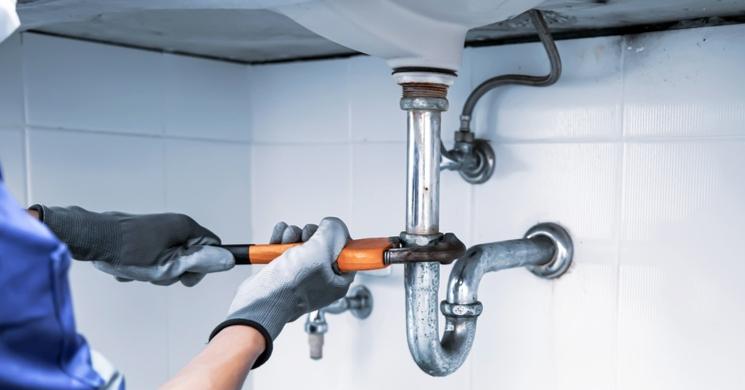Your plumbing system is one of the most important parts of your home. If you take care of it, it can keep your home healthy and running smoothly.
Unfortunately, many homeowners neglect their plumbing systems until a disaster happens. The good news is that you can prevent a lot of plumbing problems by following these tips.
Schedule Regular Maintenance
Keeping up with routine plumbing maintenance is one of the best ways to prevent unexpected damage and extend the life of your home or commercial space’s pipes, fixtures, and appliances. It also helps to minimize water waste and protect against mold and other dangerous microorganisms that thrive in moist environments.
The first step in establishing a plumbing maintenance schedule is to identify each piece of equipment or system that requires regular inspections and service. From there, you can determine a maintenance frequency for each item based on its usage and manufacturer’s recommendations, as well as your building’s overall vulnerability to wear and tear.
Once you have a list of maintenance tasks, it’s important to stick to the schedule as closely as possible. Remember, even small leaks can add up to gallons of wasted water every day and lead to costly repairs down the road. And, a dirty sewer line or septic tank can be a health hazard and create odors that are hard to live with.
Schedule Repairs
From watering the plants to taking a shower, our plumbing systems help us do the things we need and want to do. It’s easy to take them for granted, until something goes wrong.
While maintenance can help reduce problems, it cannot prevent them all the time. That is why it’s important to have a plan for scheduling repairs when they occur. It will ensure that the damage does not impact occupants and allows staff to act quickly to keep things running smoothly.
Pay attention to warning signs, like slow drains, leaking faucets or toilets, clogged sink drains and foul smells from the sewer lines. Look over meter and pressure gauge readings. Tracking these numbers can help you identify trends and areas where repairs may be needed. This can save energy costs and reduce the risk of a catastrophe. It also can make it easier to compare the costs and benefits of maintenance options. This approach helps your facility prioritize maintenance and repair work.
Avoid Clogs
Clogs are a major cause of stress on a plumbing system. They can cause overflows,
water pressure issues, and other problems that are expensive to fix. Fortunately, it’s easy to prevent most clogs with a few simple steps.
Start by understanding what causes clogs. Then, take some proactive measures to reduce the risk of them occurring in your home.
Consider covering drain openings with grate covers. These can help keep soap scum and hair from getting into tub and shower drains. You can also try pouring hot water and baking soda down the drains regularly to dissolve small clogs.
Avoid flushing items down the toilet that shouldn’t be there, such as diapers, paper towels, sanitary products, and other non-biodegradable waste. And don’t use chemical clog removers, which can corrode pipes. Taking some of these simple steps can make a big difference in the lifespan of your plumbing fixtures and pipes. And they can save you the frustration, time, and money of dealing with a clogged plumbing system.
Avoid Frozen Pipes
In winter, cold temperatures put your home’s plumbing at a much greater risk of freezing. As water freezes, it expands and can rupture pipes and cause extensive damage to your home. The best way to avoid frozen pipes is by insulating your water pipes and keeping the heating on during cold snaps.
A common sign of a frozen pipe is when you turn on a tap and only a trickle comes out. Frozen pipes also often produce an unpleasant odor, since any odors trapped within the pipe are forced back into your home’s bathroom and kitchen.
Frozen pipes can be thawed by applying heat to the affected area of the pipe, using a hair dryer or portable space heater, electric heating pad applied directly to the frozen section of the pipe, or warm, damp towels. Never use open flames to thaw a frozen pipe, as this poses a fire hazard. Sites like https://www.fixitrightplumbing.com.au/plumber-melbourne/ will have more information for you regarding plumbing services.
